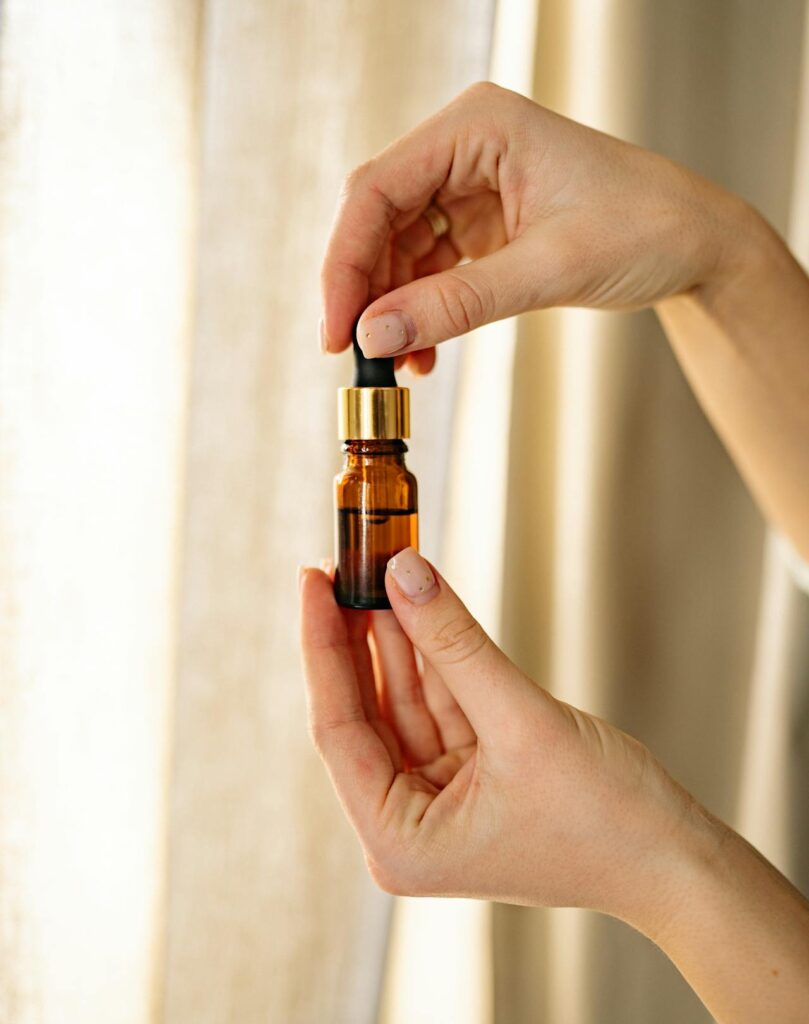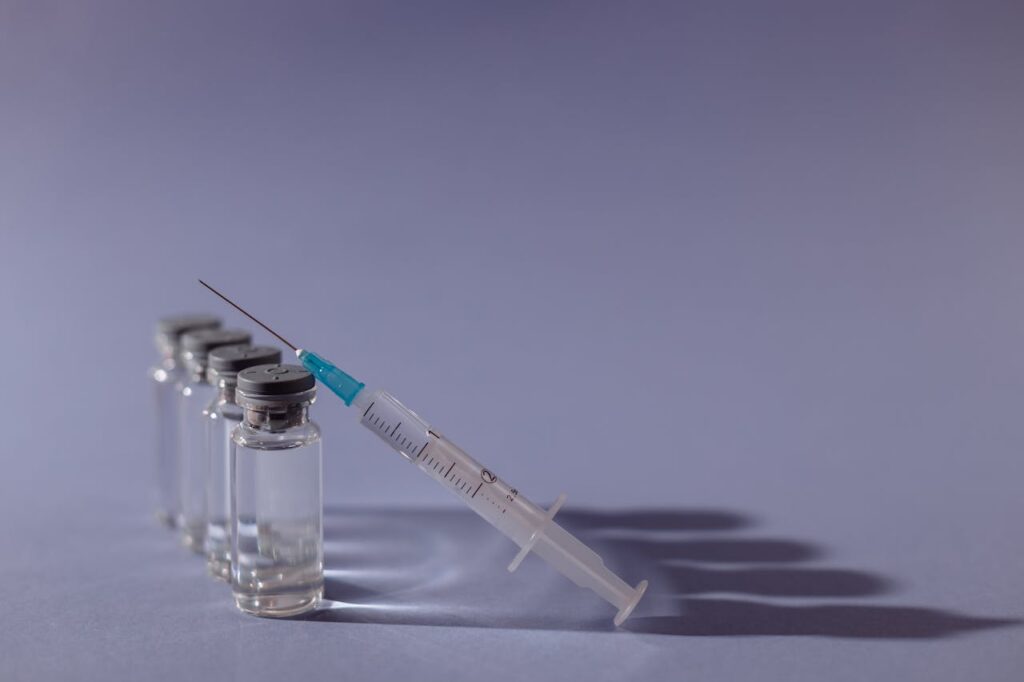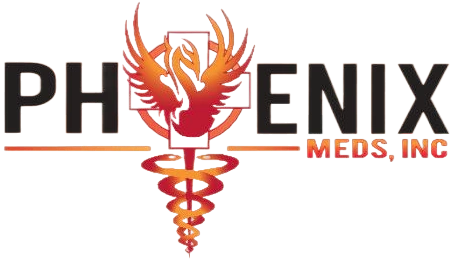BPC-157 10mg Injection
What is BPC-157 10mg?

Body Protection Compound-157 (BPC-157) is a synthetic peptide consisting of 15 amino acids. While it is often described as being derived from a naturally occurring protein in the stomach, this origin is not definitively proven. BPC-157 is primarily studied for its potential role in promoting tissue repair and healing.
However, it’s important to note that current evidence is largely limited to preclinical studies, with no conclusive data from human trials to confirm its therapeutic effects.

Get BPC-157 10mg
- 4.9 average rating | Over 20k served

- Available in stock
- It helps healing of various tissues, including tendons, joints, nerves.
- No insurance required and same day shipping
- Easy to use injection vial
- One flat rate for each vial with no hidden fees
- Positive Impact on damaged tissues
- Available in stock


How it Works?
BPC-157 supports healing through multiple mechanisms, including enhancing nitric oxide production, activating cells involved in tissue repair, stimulating the synthesis of growth factors, and reducing inflammation. While peptides are generally less effective when taken orally due to limited absorption, research indicates that BPC-157 may still deliver systemic benefits even when ingested.
Benefits of BPC-157

In a 1993 overview, researchers proposed that BPC-157 plays a key role in the body’s “full stress response,” particularly within the gastrointestinal system when exposed to harmful stressors—such as physical injury, toxins, infections, inflammation, emotional stress, or extreme temperatures. The gut houses millions of nerve cells, including neurons and neurotransmitters, suggesting that its response to stress is both complex and far-reaching.
This connection supports the theory that BPC-157 may influence a wide range of biological functions. A 2016 review on the gut-brain axis highlighted the peptide’s potential to support gastrointestinal lining health, modulate serotonin and dopamine systems, regenerate peripheral nerves, protect neurons, heal various tissue injuries, and promote wound repair. These effects are partly attributed to BPC-157’s ability to stimulate the migration of vascular endothelial cells, aiding in angiogenesis—the formation of new blood vessels.
However, it’s important to note that most studies on BPC-157 have been conducted in animals or lab settings. While early findings are promising, clinical research in humans remains limited. Despite this, many individuals pursue BPC-157 therapy based on anecdotal experiences and emerging evidence, often reporting positive results and choosing to continue treatment.

